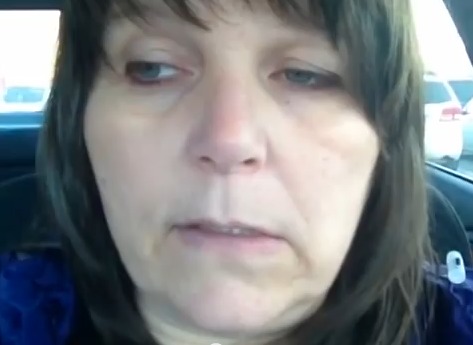
The ‘selfie’ obsession has been criticized by some as an egocentric and obsessive, bordering on narcissistic, shallow pattern of behaviour.
However, in the case of 49-year-old Canadian Stacey Yepes of Thornhill, Ontario, this could not be further from the truth. A selfie video she took while she was experiencing a mini-stroke is now being credited by doctors for helping them diagnose her condition.
According to reports from the Canadian Broadcasting Corporation (CBC), Yepes had experienced stroke symptoms – numbness in her face and trouble speaking – in April of this. She rushed to the emergency room, but, as symptoms subsided, tested negative for a stroke. She was then sent home by doctors, who blamed the sensations she felt on stress.
Two days later, however, while Yepes was driving, she once again felt numbness on the left side of her body. This time, she decided to record the symptoms on her phone.
She pulled over and began taking a video of herself, saying: “The sensation is happening again. It’s all tingling on left side.” She then tries to smile and lift her hand, but both attempts were unsuccessful.
“I don’t know why this is happening to me,” she says.
The video, which was posted to YouTube by Toronto’s University Health Network, helped doctors diagnosis the episode as a transient ischemic attack (TIA) also called a ministroke.
Upon further testing, doctors found that the strokes were a result of a buildup of plaque in Yepes’ arteries, a condition known as atherosclerosis.
Yepes is currently receiving treatment to resolve the condition. She is expected to make a full recovery.
Dr. Cheryl Jaigobin, stroke neurologist at the Toronto Western Hospital’s Krembil Neuroscience Centre, expressed her surprise to reporters from the CBC: “In all my years treating stroke patients, we’ve never seen anyone tape themselves before,” she said.
“Her symptoms were compelling, and the fact she stopped and found a way to portray them in such a visual fashion, we were all touched by it, Dr, Jaigobin added.”
Yepes decided to take the video in efforts to validate her symptoms and prove to doctors that what she was feeling was not merely stress-related.
“It was just to show somebody,” she said. “And I thought if I could show somebody what was happening, they would have a better understanding.”